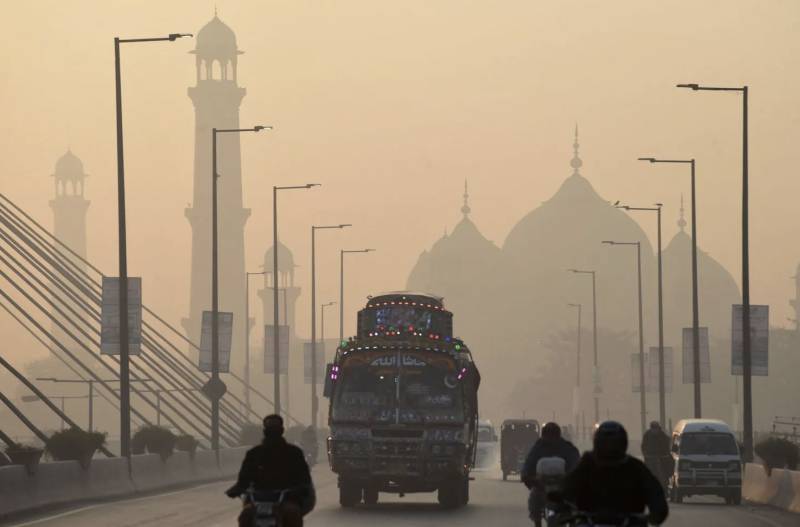
South Asia perennially experiences the worst air quality in the world, posing a significant risk to human health. In Lahore—Pakistan’s second most populous city and the capital of Punjab province—reducing particulate matter (PM2.5) levels to the World Health Organization’s (WHO’s) standards would lead an average resident to gain 7.5 life years. Beyond mortality and morbidity, both long-term and short-term exposure to hazardous air impairs brain development and cognitive ability, affecting school outcomes, labor productivity, and decision-making in general.
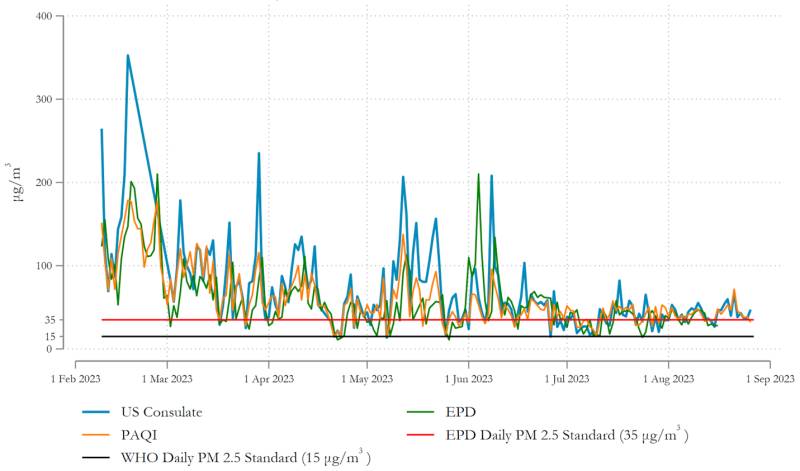
Figure 1: Daily PM2.5 levels
Note: This figure shows Lahore’s daily PM2.5 levels (in μg/m3) from Feb – Aug 2023 by three different sources—1) United States Consulate, Lahore (US Consulate [blue trend line]); 2) Pakistan Air Quality Initiative (PAQI [orange trend line]); and 3) Environment Protection Department Punjab (EPD [green trend line]). The red horizontal line represents the EPD’s daily PM2.5 mandated standard while the black horizontal line represents the World Health Organization’s (WHO’s) daily PM2.5 recommended safe standard.
Air pollution forecasts
Air pollution forecasts comprise an important form of information that allow citizens to avoid hazardous air and adapt to air pollution. Economic theory predicts that forecasts in general improve welfare. For example, if you accurately forecast rain tomorrow, you may carry an umbrella to prevent yourself from getting drenched. Or if you forecast an income shock next month, you may adjust your current consumption to buffer the predicted shock. Similarly, if citizens can forecast high pollution, they may act to avoid poor air quality.
What we ask and how we answer our questions
We study how developing-world urbanites solve air pollution forecasting problems in the presence of limited information and human capital. We concern ourselves with the following broad questions. 1) Do developing-city residents value air pollution forecasts? 2) Can we improve their forecasting ability? 3) How do forecasts influence their behavior, especially air pollution avoidance? The answers to these questions shed light on human decision making and inform benefit-cost analyses of policies concerning air pollution monitoring and abatement.
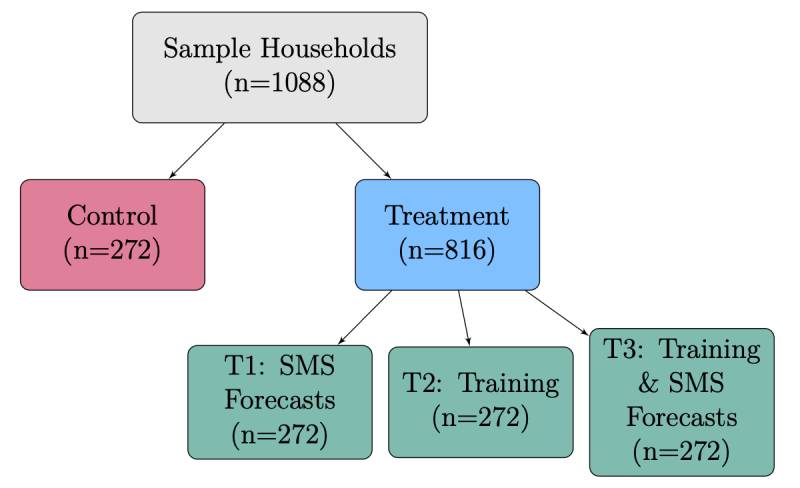
Figure 2: Experimental Groups
We focused on the following outcomes: 1) willingness to pay for air pollution forecasts; 2) error in forecasting air pollution; 3) willingness to pay for particulate filtering (N95) masks; and 4) time use (time spent outdoors) in response to air quality. To elicit truthful responses, we incentivized the first three outcomes. The experiment ran April 2019 – February 2020, concluding just before Covid-19 broke out in Pakistan.
What do we find?
First, developing-city residents value air pollution information. Respondents who received our one-day-ahead air pollution forecasts were willing to pay an average of 93 PKR (in terms of PKR’s value in January 2020) to continue receiving forecasts for 90 days (Figure 3). On a monthly basis, this equals roughly 60 percent of the cost of 4G mobile internet access or 20 percent of an unskilled laborer’s one-day earnings. Thus, scaling the service across the city—with close to 14 million residents—will lead to large public benefits relative to the costs of providing the service.
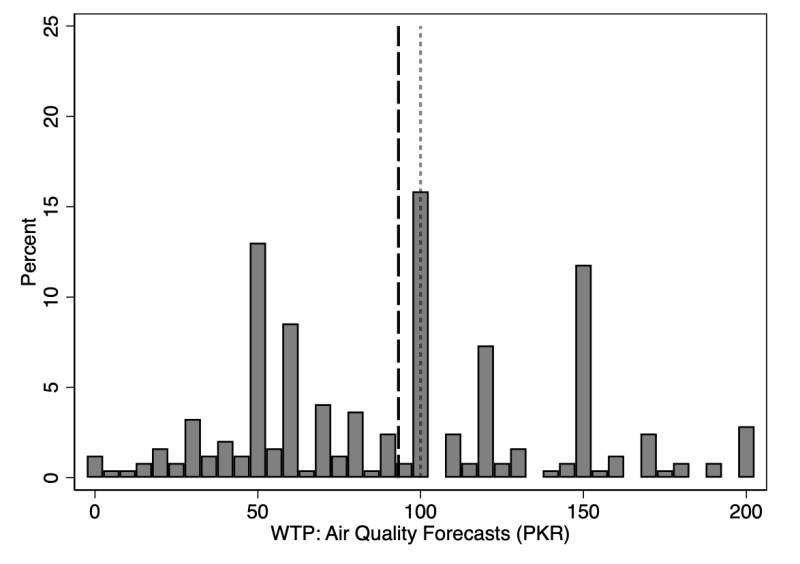
Figure 3: Willingness to pay (WTP) for air pollution forecasts
Note: This figure shows the willingness to pay (WTP) in Pakistani Rupees (PKR) to continue receiving air pollution forecasts for another 90 days for respondents who received our daily day-ahead forecasts. The vertical long-dashed line marks the average WTP at 93.22 PKR, while the vertical short-dashed line marks the median WTP at 100 PKR. We elicited the WTP using an incentivized mechanism (Becker-DeGroot-Marschak) with a maximum bid of 200 PKR.
Second, we can improve residents’ pollution forecasting ability. Both forecast provision and in-person training improved respondents’ pollution forecasts. Both treatments reduced respondents’ error in forecasts of fine particulates (PM2.5) by roughly 5 micrograms per cubic meter (μg/m3)—which equals approximately 20 percent of the World Health Organization’s corresponding maximum safe 24-hour standard. Given that four to six months elapsed between when we trained our respondents and elicited outcomes, the notable error reduction shows that our training durably increased human capital.
Third, we can increase residents’ demand for pollution avoidance goods. Forecast provision increased willingness to pay for particulate filtering (N95) masks by roughly five percent of the retail price (Figure 4). While forecast training also increased the willingness to pay for particulate filtering masks by a similar amount, our estimated effect is statistically imprecise. Pooling all respondents, the average willingness to pay for N95 masks was roughly 70 percent of the retail price.
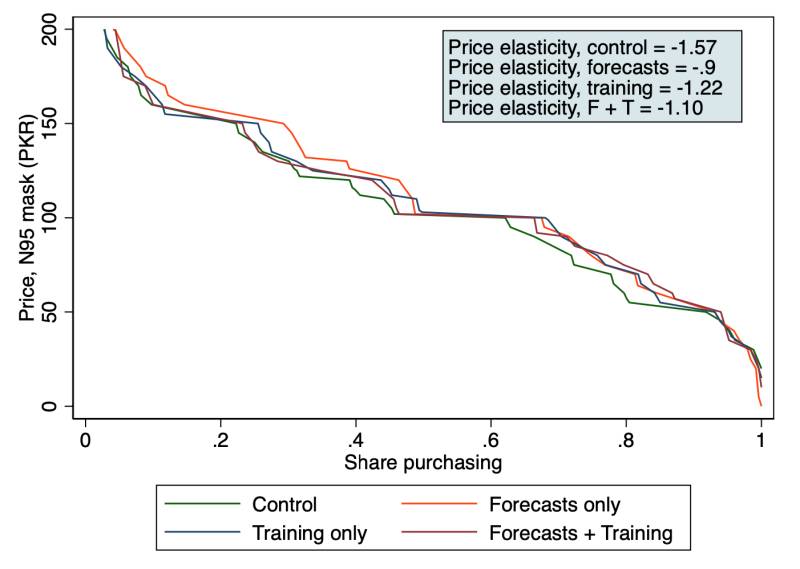
Figure 4: Demand curves for particulate filtering (N95) masks
Note: This figure shows the demand for particulate filtering (N95) masks across the control and treatment arms. We elicited willingness to pay (WTP) using an incentivized mechanism (Becker-DeGroot-Marschak), in which all subjects bid on an N95 mask with a retail price of 135 PKR. We capped the maximum bid at 200 PKR. We’ve expressed quantity demanded as the share of subjects purchasing—that is, the share with WTP greater than or equal to a given price.
Fourth, we can enable residents to align their time use with the level of air pollution. Respondents who received our pollution forecasts increased outdoor time by 16 percent on relatively less polluted days and reduced outdoor time by 3 percent on more polluted days. These results were more pronounced for individuals who reported caring about air quality (during our pre-treatment baseline survey) and for children.
Policy takeaways
We present evidence of meaningful willingness to pay for air pollution forecasts among developing-country urbanites, which suggests that the scarcity of environmental information in many developing countries does not stem from a lack of demand. While capital and operating costs for reference-quality air pollution monitors are considerable—the equipment for a single site typically costs more than
We also demonstrate that exposing developing-cities residents to air pollution information increases their willingness to pay for protective (N95) masks. This suggests that in areas where mask-wearing is not yet commonplace, information provision may spur residents to adopt N95 masks and avoid pollution through other means. Our finding that the average willingness to pay for masks is roughly 70 percent of the retail price indicates that modest subsidies could produce large changes in mask take-up, with concomitant health benefits.

